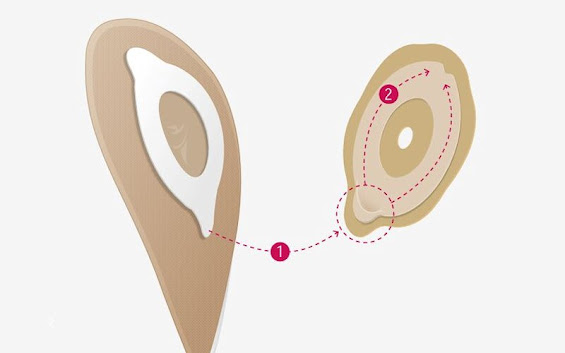Living with a chronic condition such as ulcerative colitis means different kinds of treatment approaches including medication, changes in diet, supplements, and surgery. Surgery can be scary though, but here, we’ll go over the most common surgical options for ulcerative colitis treatment.
Complications which Require surgery
The need for emergency surgery in those with ulcerative colitis usually involves sudden, severe ulcerative colitis treatments, where steroids and IV doesn’t control your symptoms. Sudden colitis can lead to toxic megacolon, which is a severe enlargement of your colon, which causes distension, swelling pain, rapid heart rate, dehydration, and fevers too. If you have bleeding from deep ulcerations, you might need emergency surgery to get this handled. You also may need to get it if you have colon perforation, which is where a hole is created due to ulcerative colitis getting out of hand. This can cause the contents of your intestine to spill which causes peritonitis, and this is life-threatening and may require immediate surgery.
The Procedures
Usually, you trat ulcerative colitis with a proctocolectomy, which is the removal of both the rectum and colon, which is essentially your entire large intestine. You can either get a proctocolectomy with the ileal pouch and ileal anal anastomosis, which is a porch that eliminates the ostomy need, also called a j pouch. The other option is a proctocolectomy that has an end ileostomy, and this is where they remove everything, don’t connect the ileum and make the pouch, and instead, you’re left with an ostomy. Usually, they go with the j pouch surgery since it’s one of the more common ways, and it helps to restore your bowel function, and allows the stool to pass via the anus once more.
A total Proctocolectomy with the End Ileostomy
This I where they remove the colon, the anus, and the rectum, and helps create the end ileostomy that allows for waste to exit. This is similar to the temporary ileostomy, but this is permanent. They make a stoma, which is a hole in your abdomen about a quarter size, pink, and looks shiny and moist usually. You do need to wear a pouch over this, and that must be emptied a few times a day.
Typically, you put the ileostomy on the lower part of your abdomen, near the righthand side of the naval, right under the beltline. You should always talk to your doctor if you notice infection near the injury site, if no waste material is coming out for about 6 hours, or you have cramps and nausea, there might be a blockage. If it protrudes further than the wall of the abdomen, this is the prolapse, and it may also retract further inwards, titled a retraction.
What to expect After surgery
Usually, after an ostomy or J pouch surgery., you recover pretty readily, and you should be able to work on normal actions after you recover. There is an adjustment period of about a year afterwards, and you will probably be on a soft food or liquid diet for a bit after surgery, from where you’ll then have bland, solid foods. You will need to chew the food thoroughly so that it doesn’t irritate the stoma or anus.
You also will need 6-8 glasses of water each day. Some may feel phantom bowel movements, which is pretty normal, and it does normally resolve over time. The doctor may also say limited physical activity for about six weeks, depending on surgery type. You also should talk to your doctor about sexual activity post-surgery since it can be a problem.



No comments:
Post a Comment